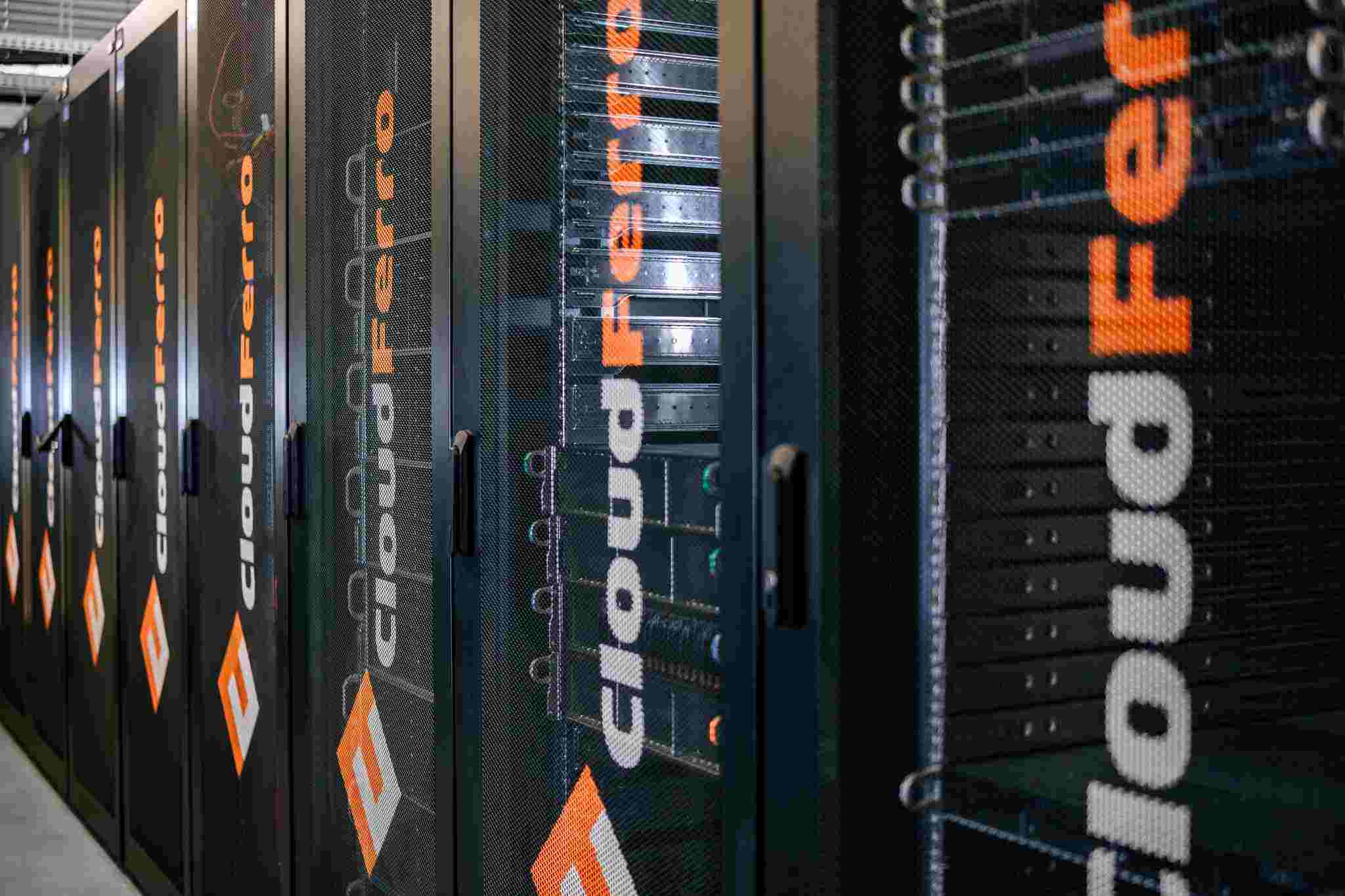CloudFerro starts cooperation with VHR imagery provider AxelSpace

CloudFerro has signed an agreement with a Japanese microsatellite company AxelSpace according to which CREODIAS users can now benefit from commercial access to a new range of VHR images.
AxelSpace's GRUS constellation is designed to provide high-resolution optical imagery of the Earth's surface, focusing on frequent revisits to any point on the planet. The satellites are equipped with high-resolution optical cameras capable of capturing images with a resolution of up to 2.5 meters. By adding AxelSpace GRUS imagery to its platform, CREODIAS will be able to offer customers an even wider range of Earth observation data for a variety of applications, including agriculture, forestry, urban planning, and disaster response.
The GRUS constellation is designed to provide frequent revisits to any point on the Earth's surface, with a target of a daily revisit frequency. This makes it an ideal tool for monitoring changes on the Earth's surface, such as crop growth, deforestation, and urbanization, as well as for disaster response and management.
AxelSpace plans to expand the GRUS constellation in the future, with a goal of having over 50 satellites in orbit by 2025. This will further increase the revisit frequency and coverage area of the constellation, allowing it to provide even more valuable data for Earth observation and analysis.
Specification of GRUS constellation:
- Satellite size and weight: Each GRUS satellite measures 50 cm x 50 cm x 70 cm and weighs about 100 kg.
- Orbit: The GRUS satellites are placed in a sun-synchronous orbit at an altitude of around 500 km.
- 5 spectral bands, including Blue, Green, Red, Red-edge, and Near-infrared.
- Imaging capabilities: The satellites are equipped with high-resolution optical cameras that can capture images with a resolution of up to 2.5 meters. The cameras are capable of capturing multispectral images in the visible and near-infrared ranges.
- Revisit time: The constellation is designed to provide frequent revisits to any point on the Earth's surface, with a target of a daily revisit frequency.
- Mission lifetime: The expected mission lifetime for each satellite is about 5 years.
Check the entire VHR EODATA offer on CREODIAS: https://creodias.eu/eodataplus
If you have any query, contact us. Our experts will be happy to assist you.
We will answer every your questions, as soon as possible.









